Many people assume that ski school is only for beginners, but even experienced skiers and snowboarders can benefit from advanced lessons. Whether you’re looking to refine your technique, tackle more challenging terrain, or learn new skills, upper-level lessons can take your abilities to the next level.
Advanced lessons focus on refining movements to create smoother, more efficient skiing and riding. You’ll learn how to control edge pressure, adjust your stance dynamically, and use terrain to your advantage. This helps you shred a variety of conditions and terrain with control and more confidence.
Here’s what you can expect to learn in advanced ski and snowboard lessons.
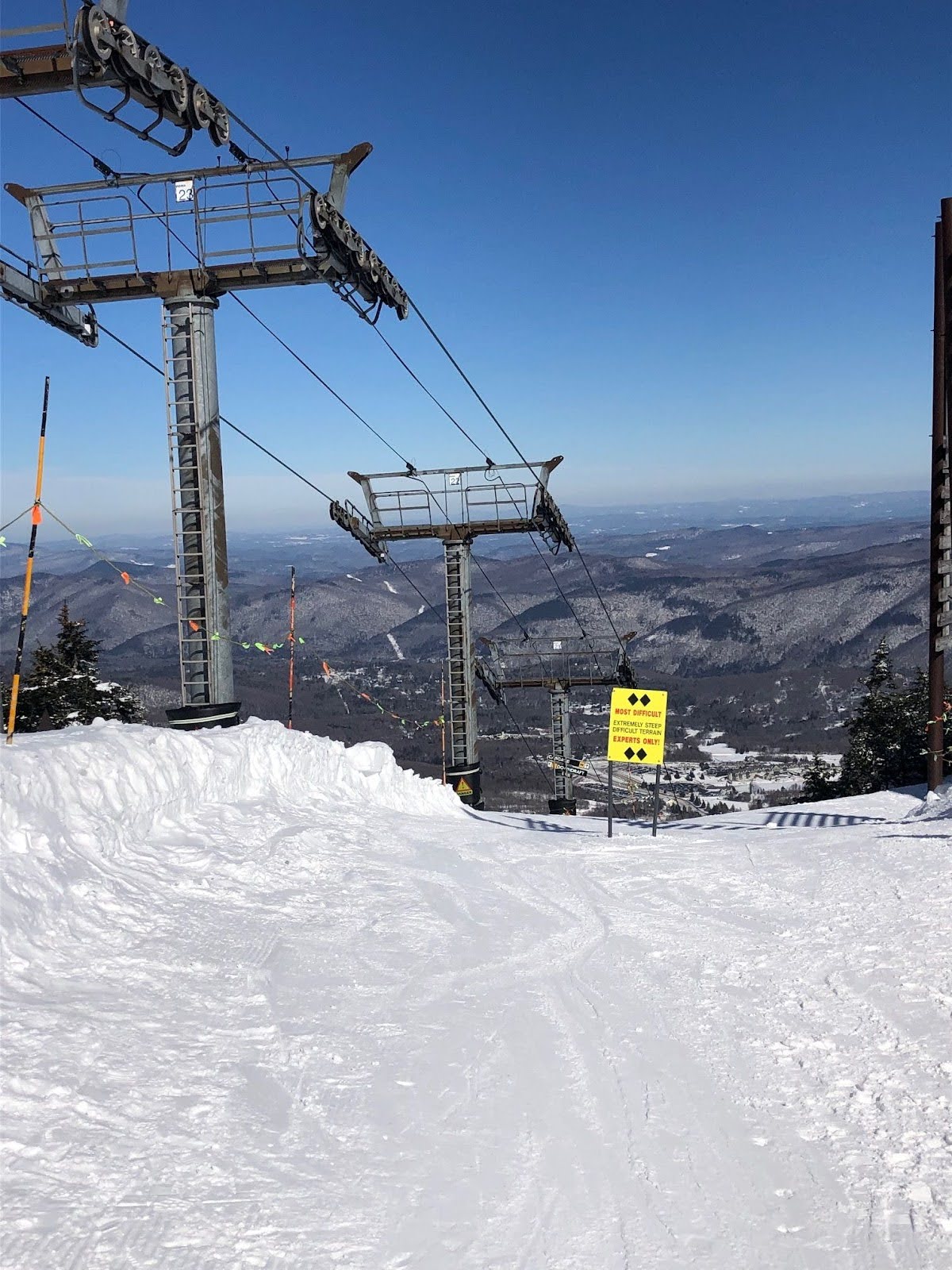
Dynamic skiing and riding techniques are essential for navigating a variety of terrain, from wide-open groomers to glades and variable conditions. On steeper slopes, uneven terrain, or changing snow conditions, the ability to adjust movements on the fly ensures stability and more control.
Lessons will focus on:
For snowboarders and even some skiers, riding switch—going downhill with your non-dominant foot forward or backward on skis—adds versatility and balance. Advanced instruction will help you develop proper edge control and confidence to ride switch in different conditions, whether in the terrain park or on varying terrain.
Instructors focus on:
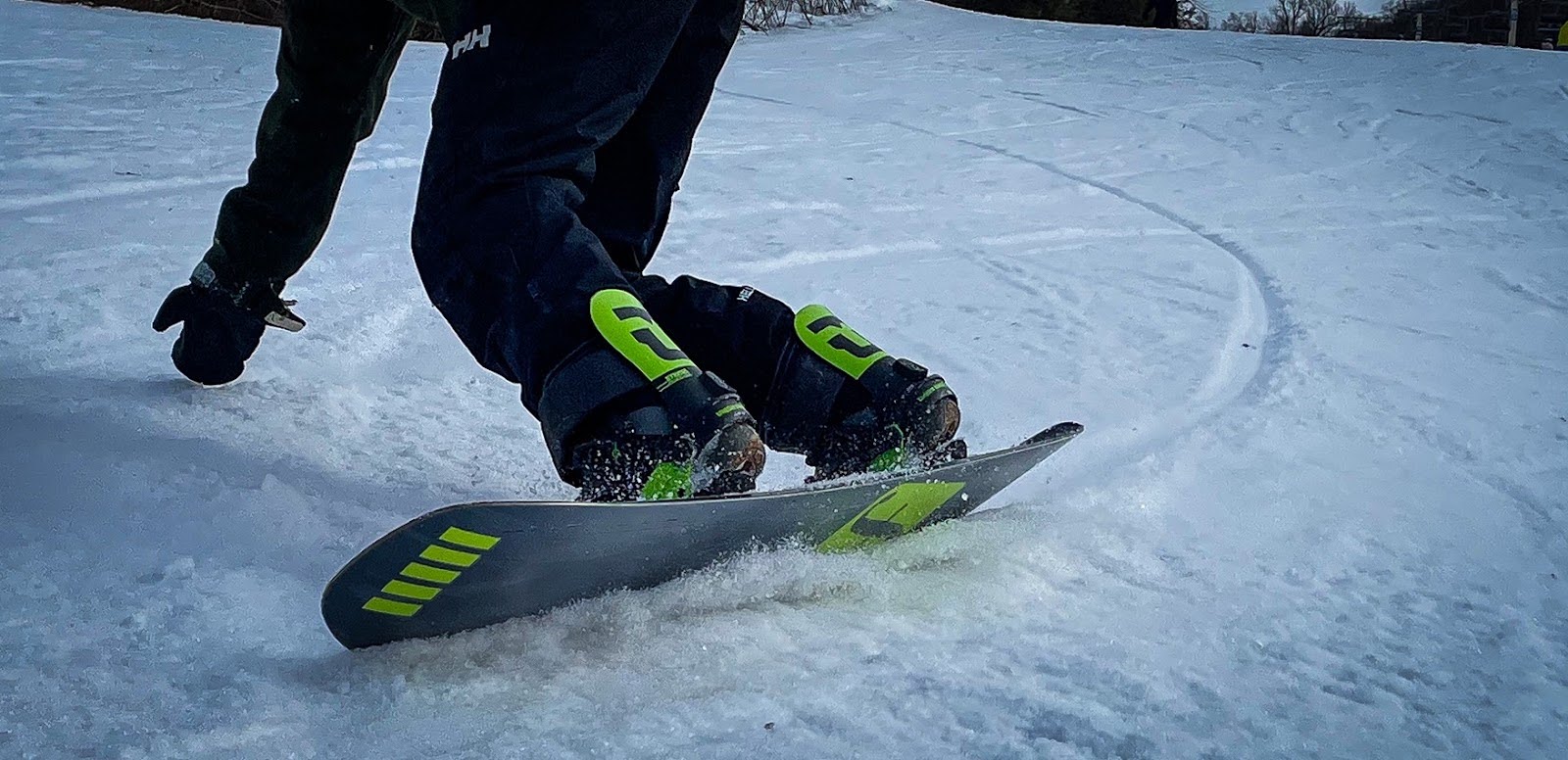
Carving is a key skill for advanced skiers and riders who want to achieve clean, precise turns. Lessons will teach you how to properly engage your edges, control speed, and maximize efficiency while maintaining stability.
Lessons emphasize:
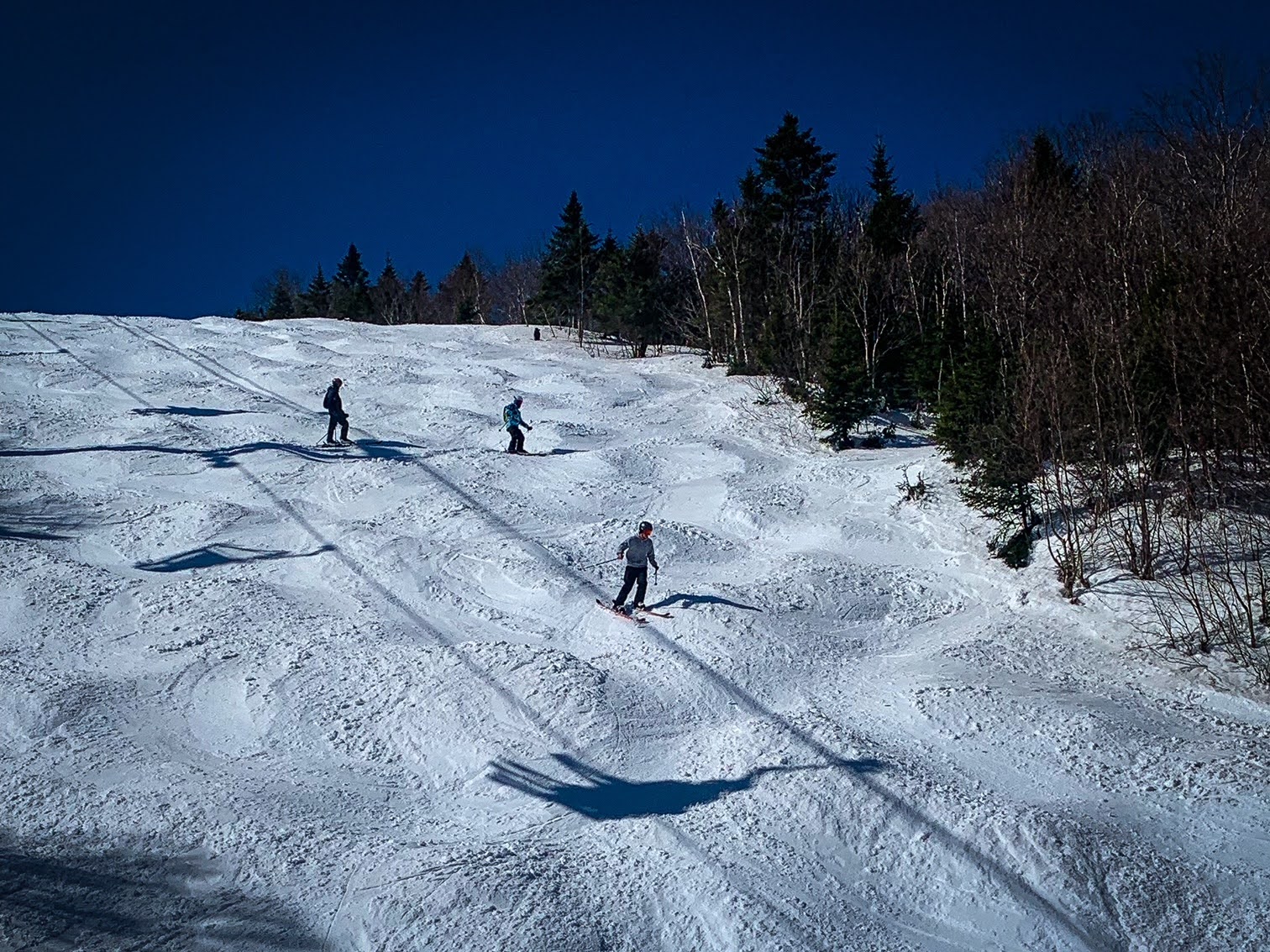
Moguls and bumps are commonly found on black diamond runs or designated bump runs, where skiers and snowboarders need to maneuver through tightly spaced, uneven snow formations. Mastering moguls requires balance, agility, and proper turn timing to maintain control while navigating the bumps.
Advanced instruction focuses on:
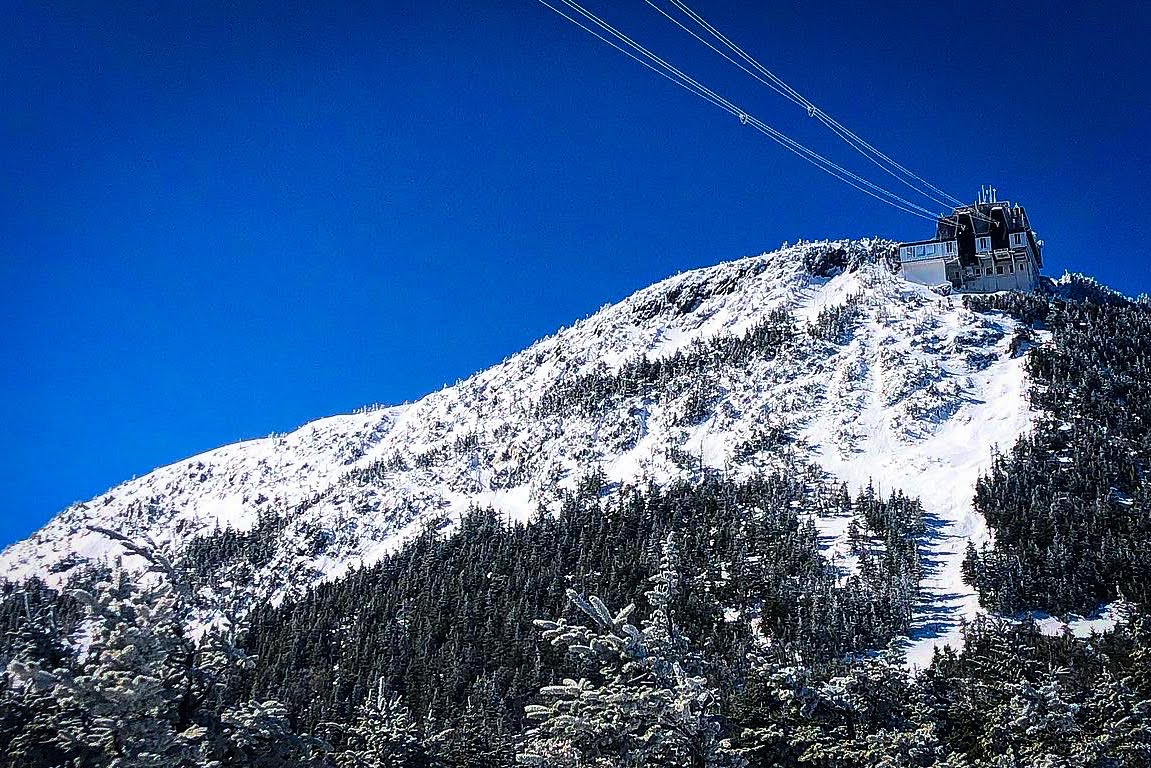
Skiing or riding on steep terrain demands confidence and technical precision. Lessons in skiing ot riding steeps might cover tactics like jump turns, edge control, and line selection, helping you descend with control rather than sliding downhill in survival mode.
Steeps Lessons might cover:
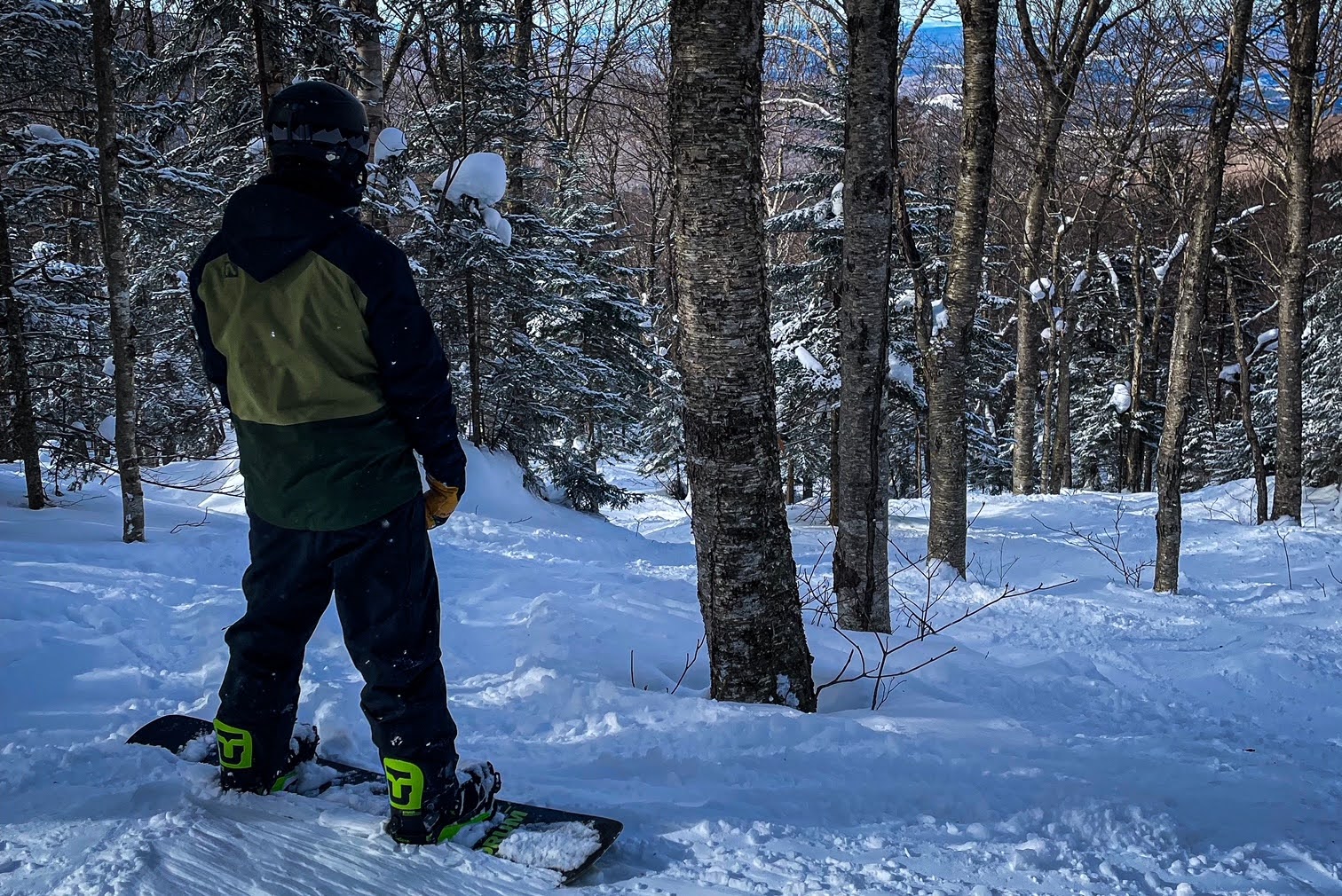
Tree skiing and riding require quick decision-making, planning, and precise maneuvering. Lessons will help you read terrain, control speed, and navigate through dense glades safely and efficiently.
Lessons focus on:
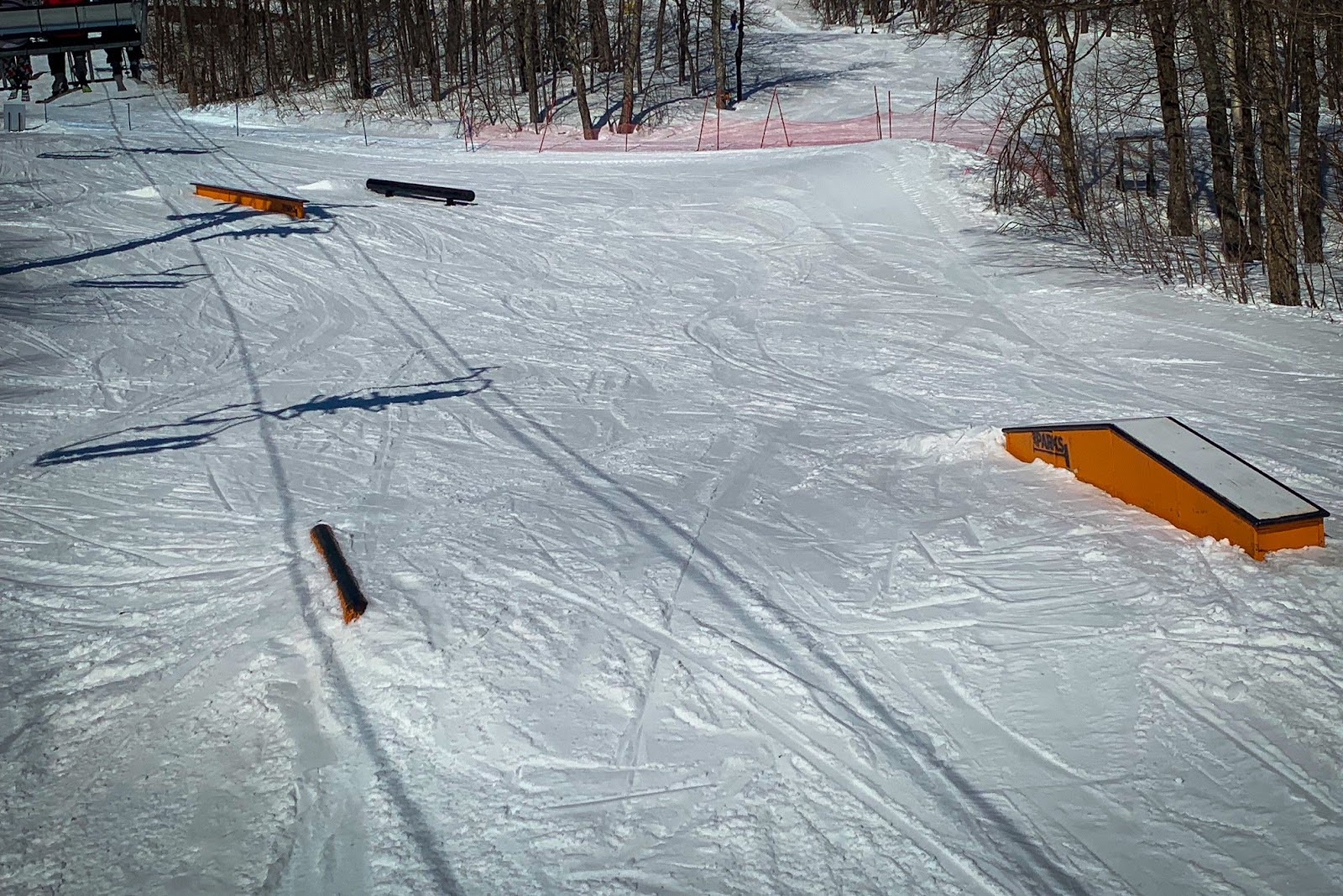
For those interested in freestyle skiing or snowboarding, advanced lessons can introduce you to jumps, rails, and halfpipes. You’ll learn how to approach features safely, maintain control in the air, and stomp your landings with confidence. Whether you're hitting a small jump or tackling a rail line, advanced lessons focus on building skills safely and progressively.
Instruction includes:
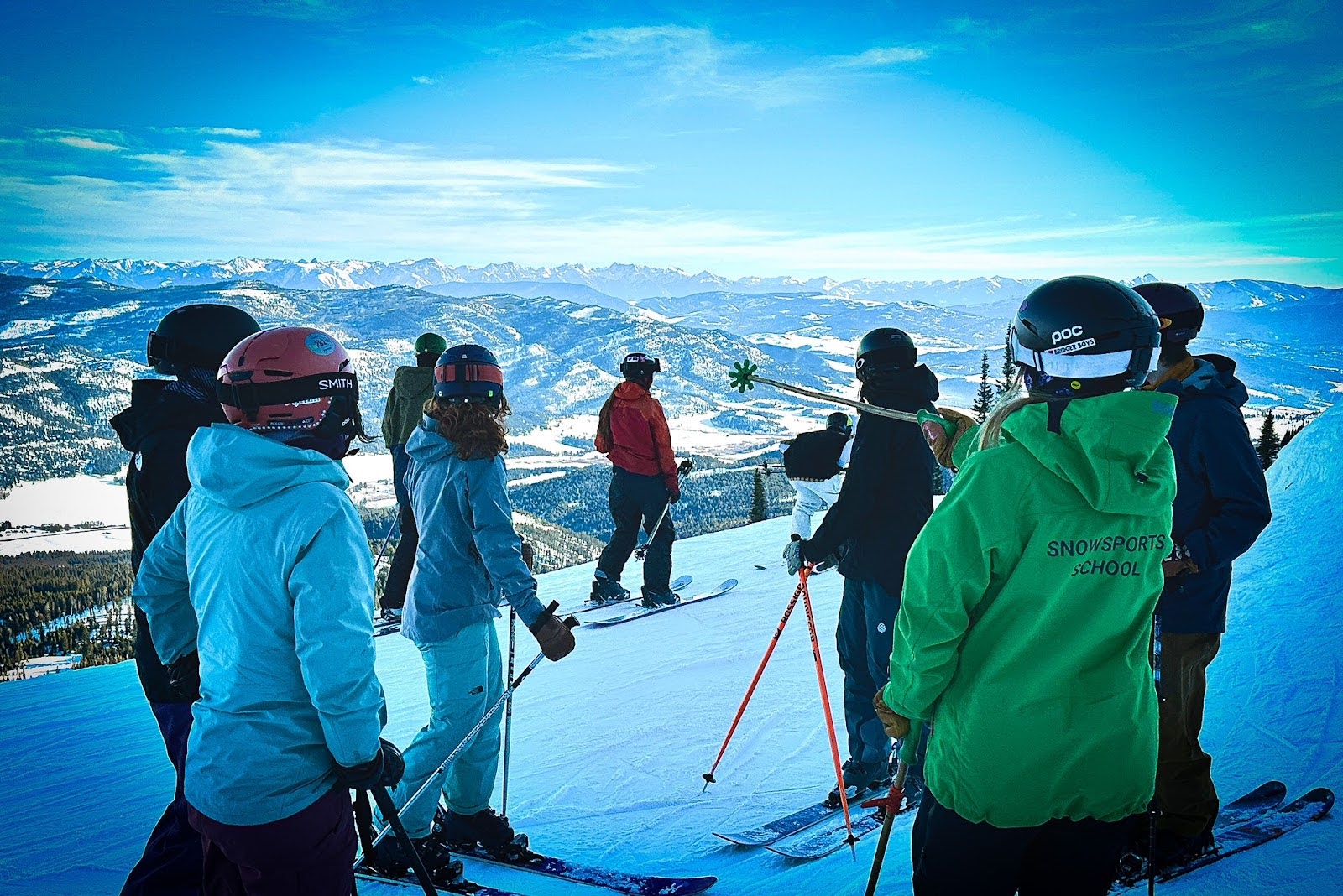
One of the greatest benefits of taking upper-level lessons is discovering new areas of the mountain. Advanced instructors often act as guides, leading you to hidden powder stashes, challenging runs, and off-the-beaten-path terrain you might not have explored on your own. With their knowledge of the mountain, they can help you safely navigate unfamiliar zones while improving your skills in varied conditions.
If you're visiting a new resort or skiing in an unfamiliar area, taking a lesson can be a great way to explore efficiently. Instead of spending time studying maps or searching for the best runs, an instructor can lead you directly to the terrain that suits your ability and interests. Many instructors enjoy guiding experienced skiers and riders, as it allows them to showcase their mountain knowledge and introduce students to areas they might not have discovered on their own.
Their expertise doesn’t end when you step out of your bindings. Your instructor can also be an invaluable guide off the hill. They’ll likely know all the hot spots and local favorites for dinner, après-ski, and nightlife. Don’t hesitate to ask, they’re often excited to share their personal recommendations and help you make the most of your time both on and off the mountain.
One of the most valuable aspects of upper-level lessons is the instructor’s ability to analyze your movement and body position across different types of terrain. They can pinpoint small inefficiencies in your stance, edge control, or weight distribution and provide targeted tips that can lead to major improvements. These small but effective insights—whether it’s adjusting your stance slightly for better balance or tweaking your turn initiation—can have a profound impact on your skiing or riding technique.
Even experienced skiers and riders can develop bad habits or plateau in their progression. Upper-level lessons provide expert coaching, personalized feedback, and the confidence to take on new challenges. Whether you’re looking to refine your technique, conquer more difficult trails, or explore new terrain, investing in professional instruction can significantly elevate your skiing or riding experience.
So, the next time you hit the slopes, consider signing up for an advanced lesson—you might be surprised at how much you can improve!